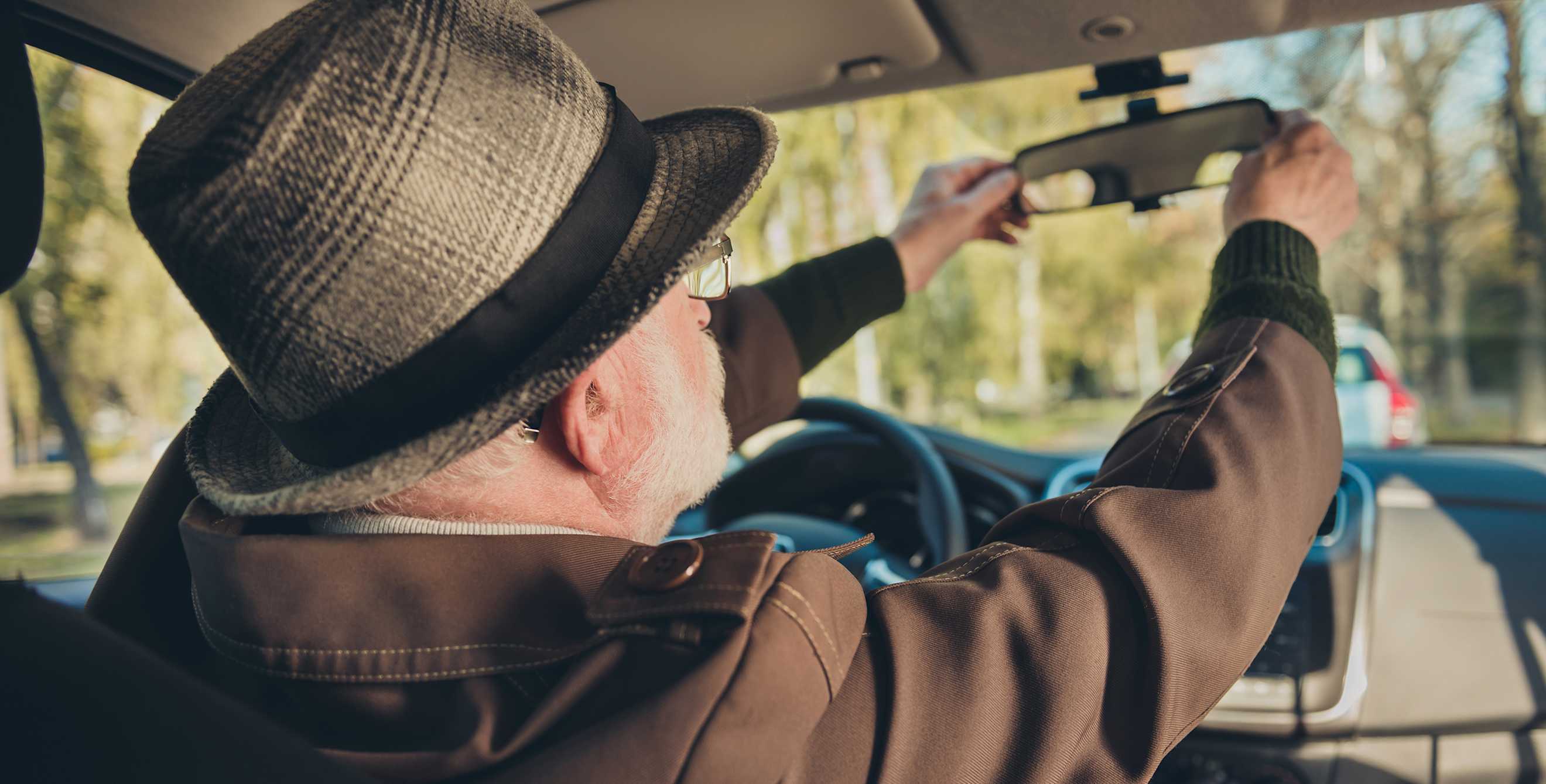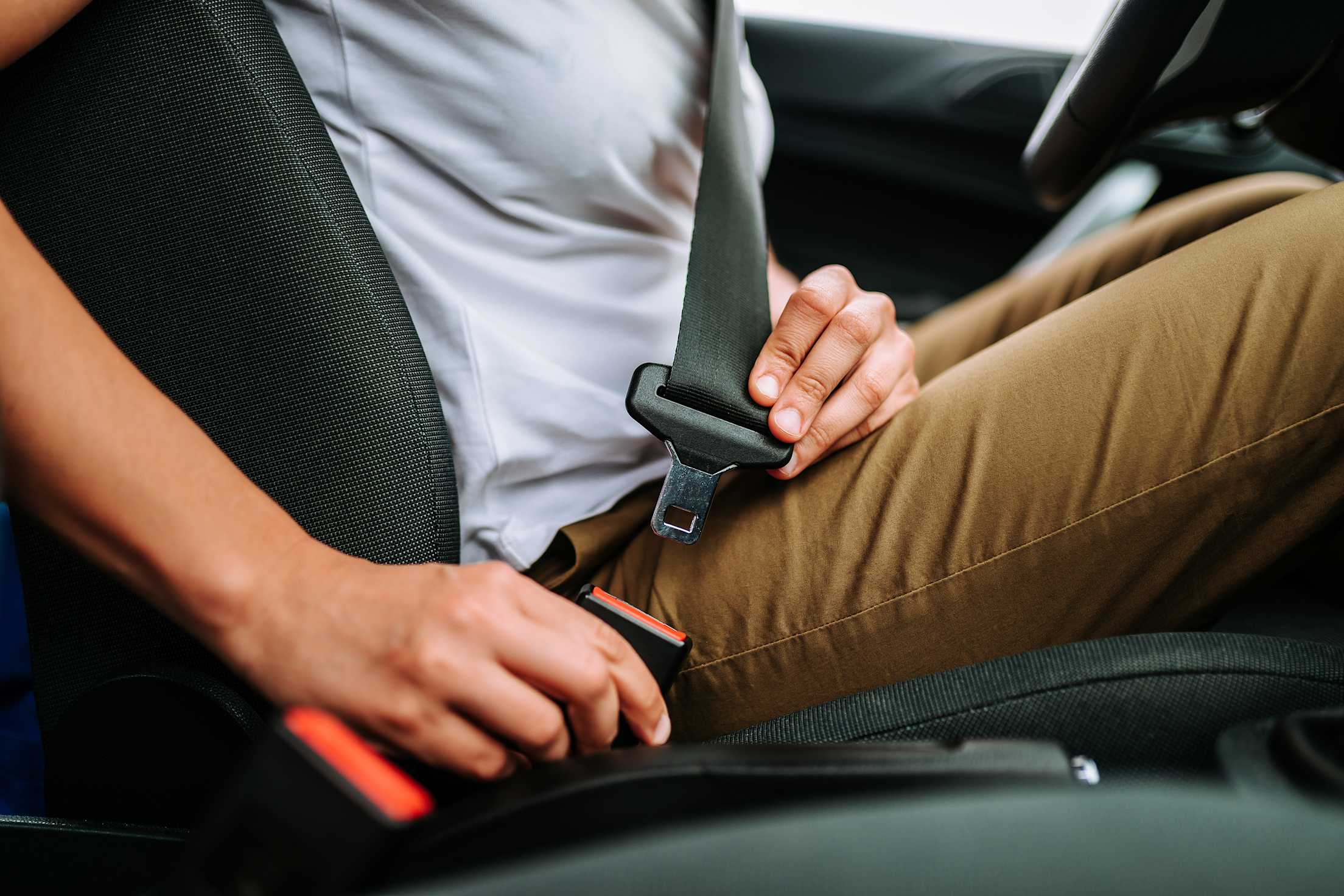
How to Prepare for a Drive
Get in the habit of a thorough pre-drive routine.

From inspecting a vehicle to getting properly positioned in the driver’s seat, there are numerous things drivers can do to reduce risk and safely prepare for a drive.
1. Safely approach your car.
Keep safety in mind from the moment you step out the door.
- Have your keys in hand before approaching your car or entering a parking area. If you have a keyless-entry remote with a panic alarm button, keep it in your hand, with your finger above the activation button.
- Be alert to other pedestrians and drivers.
- Look between, beneath, and around objects to both sides as you approach your vehicle for signs of movement.
- Make sure other drivers see you. Walk well away from parked vehicles.
- If your vehicle is parked at the curb, face traffic as you approach the driver’s door.
2. Conduct a pre-drive vehicle inspection.
To prepare your vehicle for safe and efficient operation, perform the pre-driving checklists below every time you get ready to drive.
- Check around the vehicle for obstacles that might interfere with its movement.
- Check the driveway, parking area, or street for children or other pedestrians. Several hundred children are killed each year by vehicles backing up.
- Inspect the headlights, windshield, side and rear windows, turn signals, brake lights, and taillights. If necessary, clean and replace items that are broken or not working properly.
- Visually inspect your tires for obvious signs of a problem and notice which direction the front wheels are pointed. Check tire pressures at least once each month, because visual inspection alone may not reveal an improperly inflated tire.
- Check under the vehicle for fluid leaks.
- Look inside the vehicle before entering, especially the back seat, to improve your safety and protect yourself against carjacking.
If you’re comfortable doing so, check under the hood at least once a month or as recommended in your vehicle owner’s manual. Failure to conduct inspections can lead to unsafe operating conditions and costly repairs. Consult your owner’s manual to verify what components should be on your checklist.
AAA recommends inspecting the following as you prepare for a drive:
- Engine oil;
- Brake fluid;
- Coolant;
- Drive belts;
- Transmission fluid;
- Power-steering fluid;
- And battery.
If you do not wish to inspect the above items, find a local AAA Approved Auto Repair facility to have a technician perform the checks.
3. Adjust your mirrors.
Good visual search habits require proper positioning and use of the mirrors inside and outside of your vehicle. Using the instructions below, you should be able to see what is directly behind your vehicle with the inside mirror and directly into spaces adjacent to each of the vehicle’s rear corners by using the side mirrors.
Rear View Mirror
- Adjust the inside mirror so you can see the entire rear window from the driver’s seat. You should have to move only your eyes, not your head, when using this mirror.
- Drivers 6 feet or taller may find it helpful to reposition the mirror upside down, if possible. This usually raises the bottom edge of the mirror about 1 to 2 inches and can substantially reduce a major blind area to the front for tall drivers.
Side Mirrors
- To adjust the driver’s side-view mirror, place your head against the left side window and set the mirror so you can just barely see the side of the car in the mirror’s right side.
- To adjust the passenger’s side-view mirror, position your head so that it is just above the center console. Set the mirror so you can just barely see the side of the car in the left side of the mirror. If the vehicle is not equipped with remote mirror-adjustment controls, you may need assistance when properly positioning this mirror.
When done properly, these settings can help you detect the presence of nearby drivers. For example, when being passed by a vehicle in the lane to your left, you will see it progress from the rear view mirror, to the left side mirror, and then to your side vision.
Before driving with these updated mirror settings, see how they work while your vehicle is parked. For example, you can parallel park along a street and see how passing vehicles move through your mirrors and peripheral vision. This can help you become oriented to the new settings before heading out into traffic.
Remember, even properly positioned mirrors cannot eliminate all blind spots. To reduce risk, make a final check to the sides before changing lanes, turning, or making any other lateral moves.

Seat belts saved nearly 15,000 lives in 2016 according to the National Highway Traffic Safety Administration.
4. Buckle up.
It is crucial that all occupants use a safety belt properly during every ride. When safety seat belts are used by front-seat occupants, chances of fatal injury are reduced by 45 percent. Seat belts, when properly adjusted, are among the most important safety features in a motor vehicle. When worn properly, seat belts also provide added comfort, reduce fatigue, and help keep the driver more alert.
Ensure your seat belt is properly positioned.
- Sit up straight with your back firmly against the back of the seat.
- The lap belt should fit snugly across your hips and not be allowed to ride up on your abdomen.
- After fastening the lap belt, be sure to take up any slack.
- Never place the shoulder belt behind your back or under your arm.
- On many vehicles, there is a mechanism to adjust the shoulder height of the safety belt. Take advantage of this to position the belt for optimum comfort.
Child Safety Seats
All states have child-restraint laws that require children, at least up to age 4, to be properly secured in child safety seats. While you may not have to install a seat yourself, it’s good to know which car seats and boosters are safest for different children if you ever drive with children in the car.
Babies should ride in a rear-facing child safety seat until age two or they reach the upper weight and height limits of their rear-facing convertible child safety seat. A rear-facing child safety car seat should never be placed in front of an active frontal air bag, which if deployed could cause serious injury or even death.
Once a child has outgrown a child safety seat, he or she should be secured with the vehicle’s lap or shoulder safety belts in a safety belt-positioning booster seat. Children are ready for a seat belt without a booster when they are 4’9”—usually between 8 to 12 years of age. Remember, all children under age 13 should ride in the back seat.
5. Adjust to new vehicles and rental cars.
With any vehicle that is new to you, such as a rental car, you will want to make adjustments to optimize your fit with the vehicle when you prepare for a drive. Initial seat, steering, mirror, and other components likely won’t be set to your preferences. It only takes a few minutes to make these adjustments, and doing so can really pay off in terms of comfort, visibility, and overall safety.